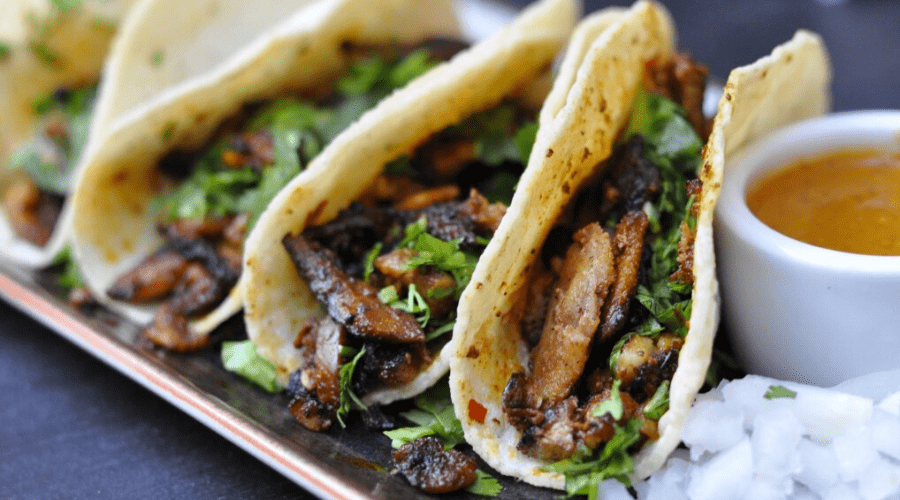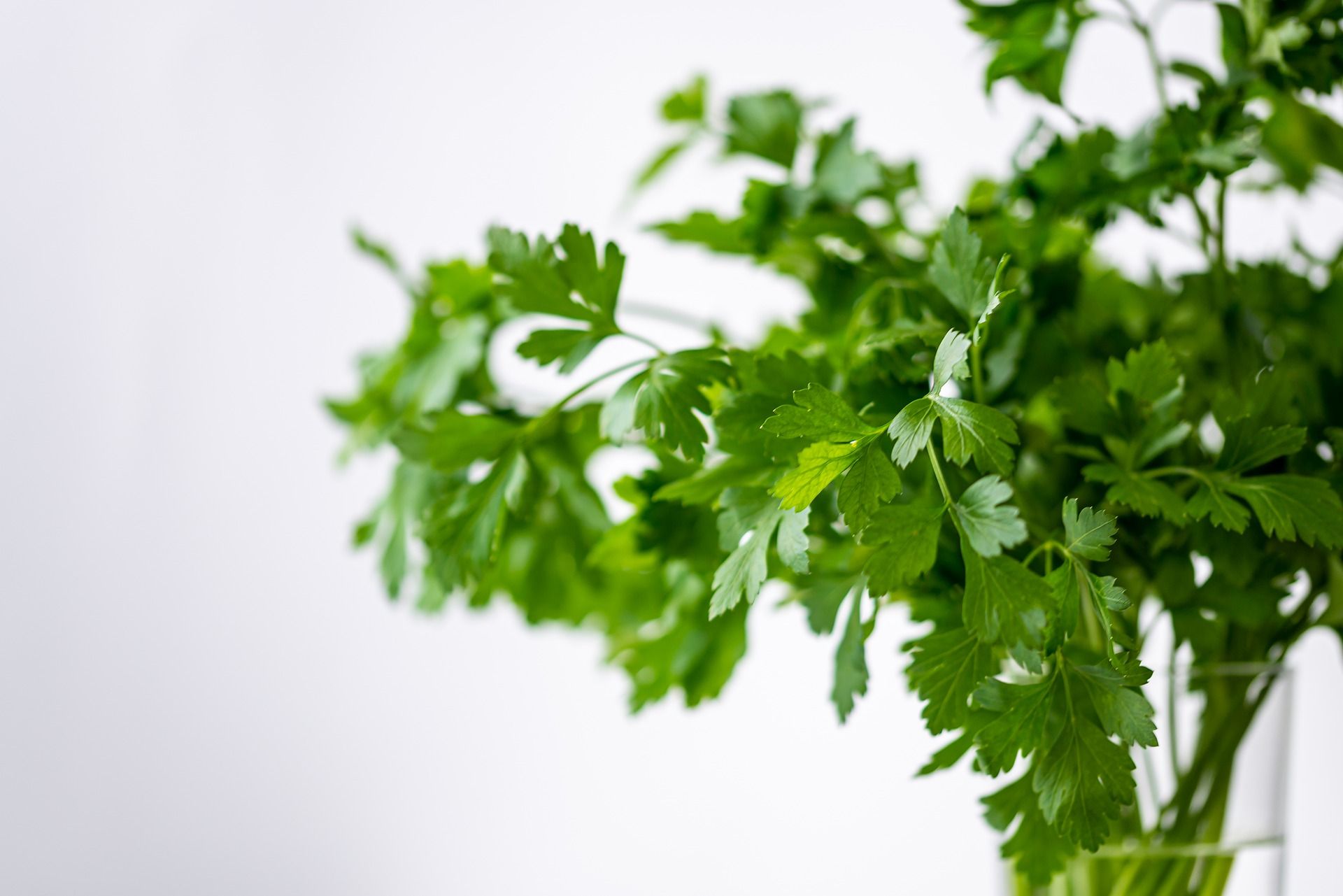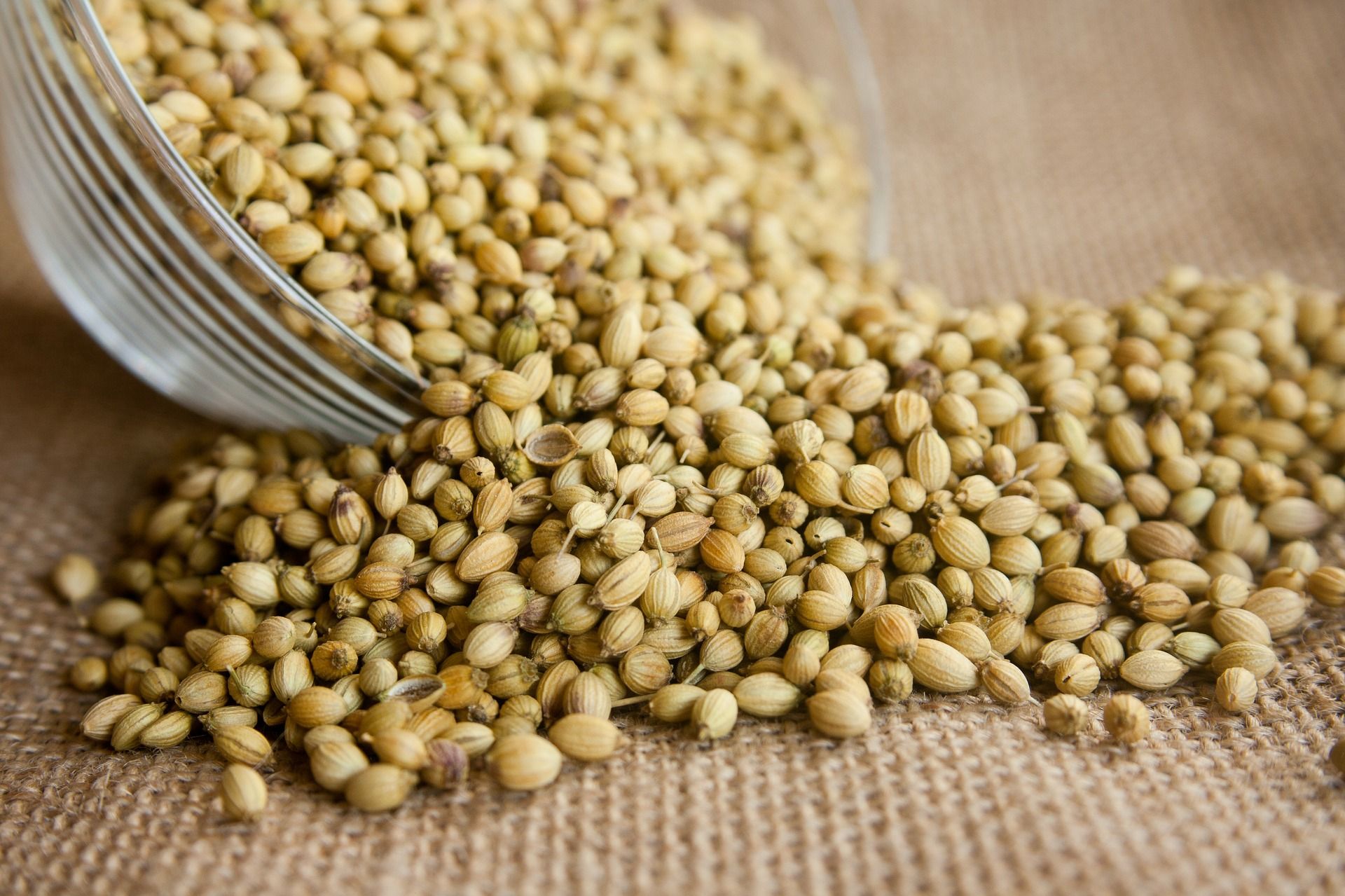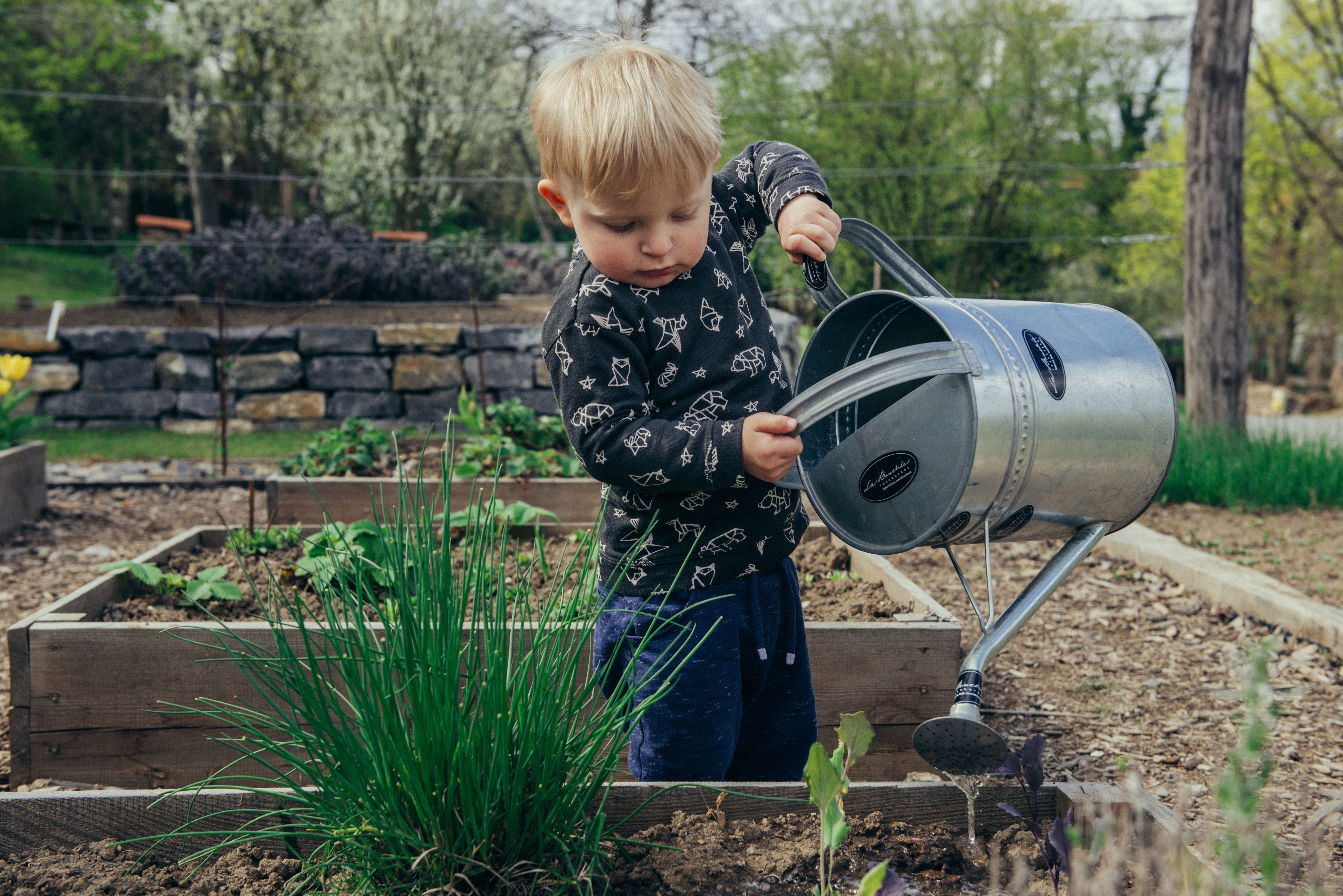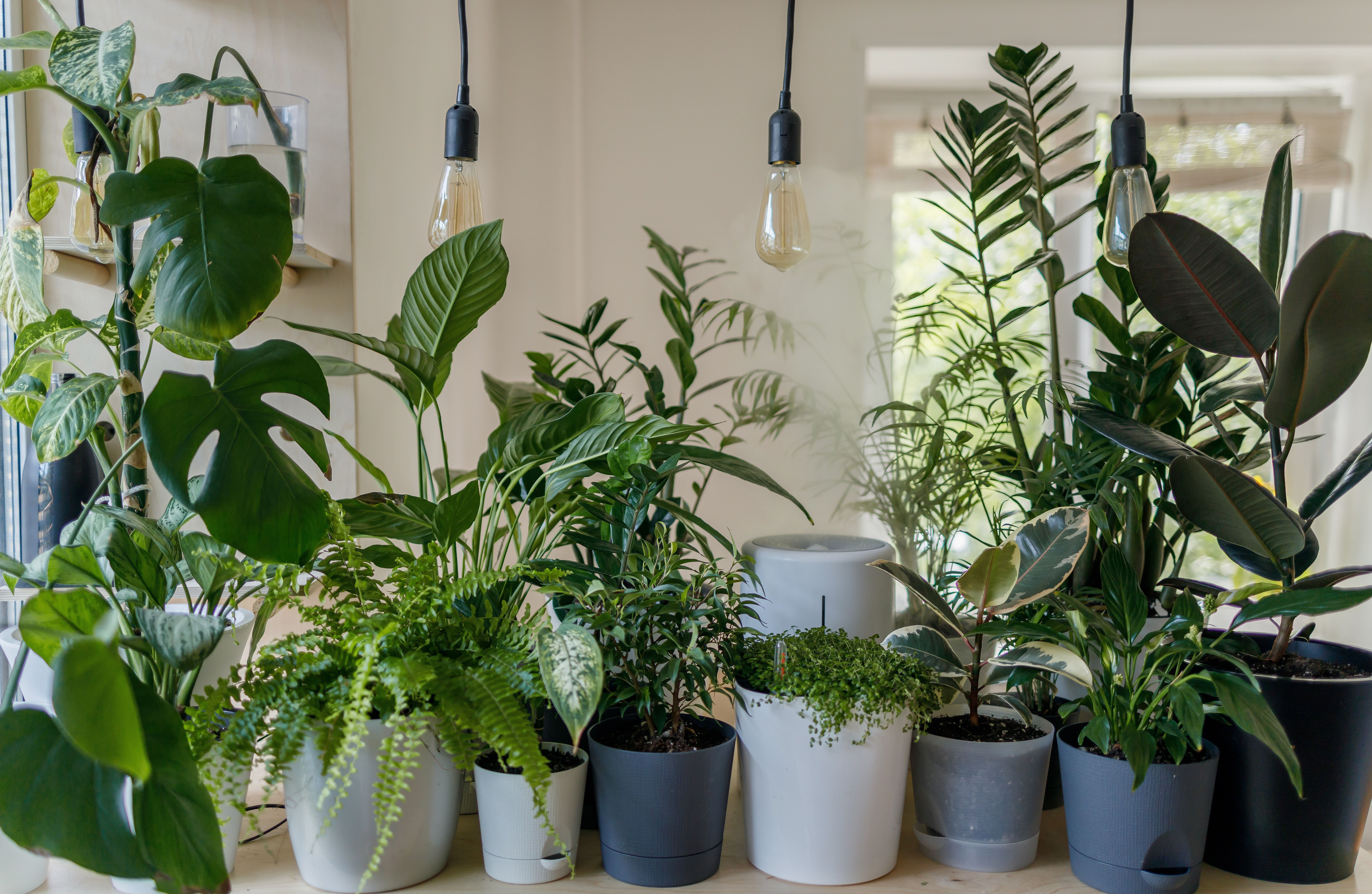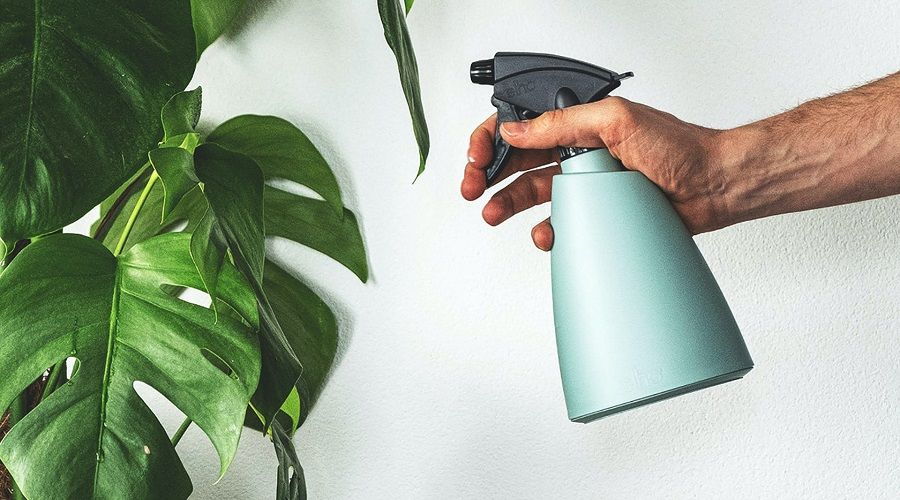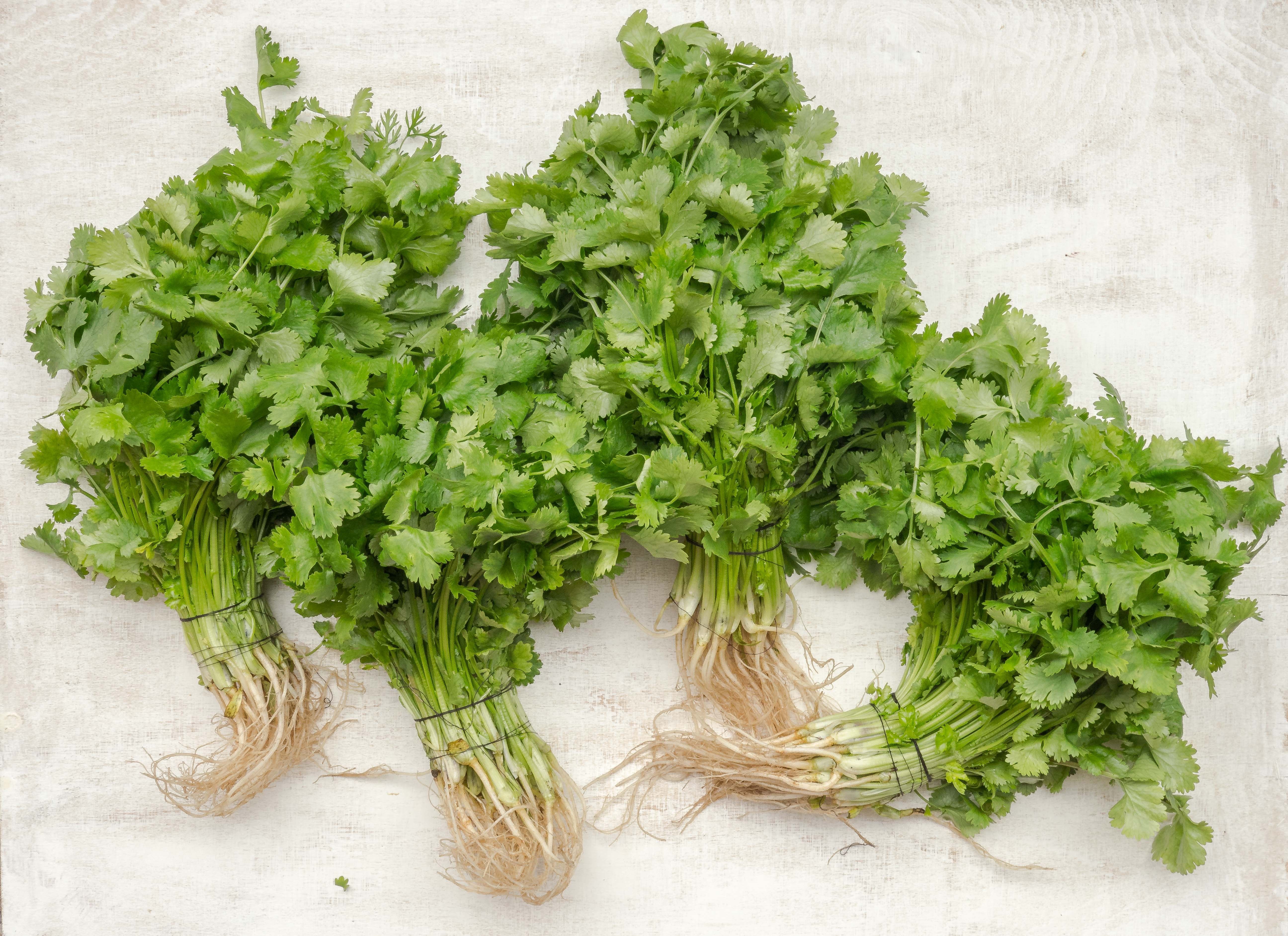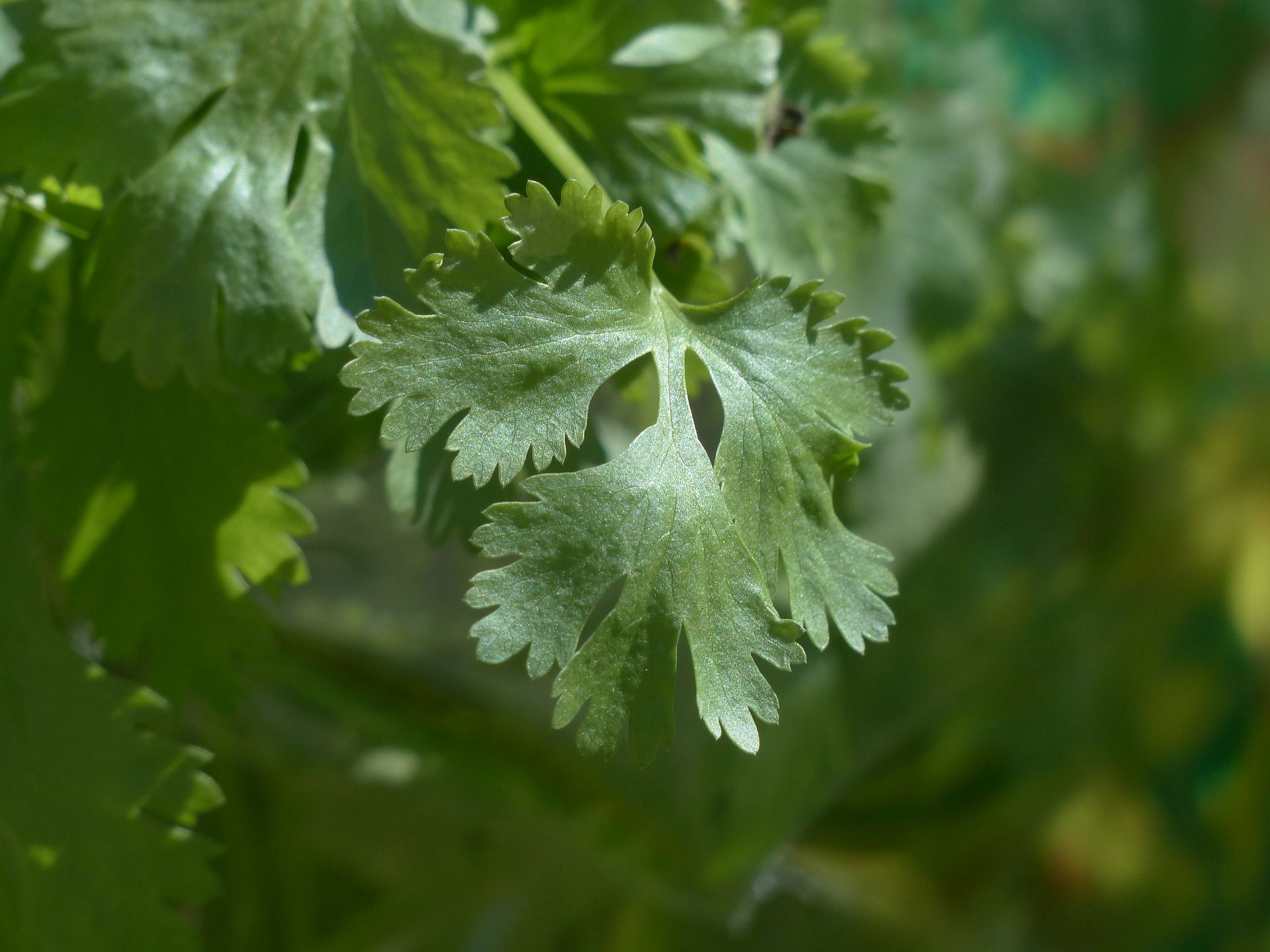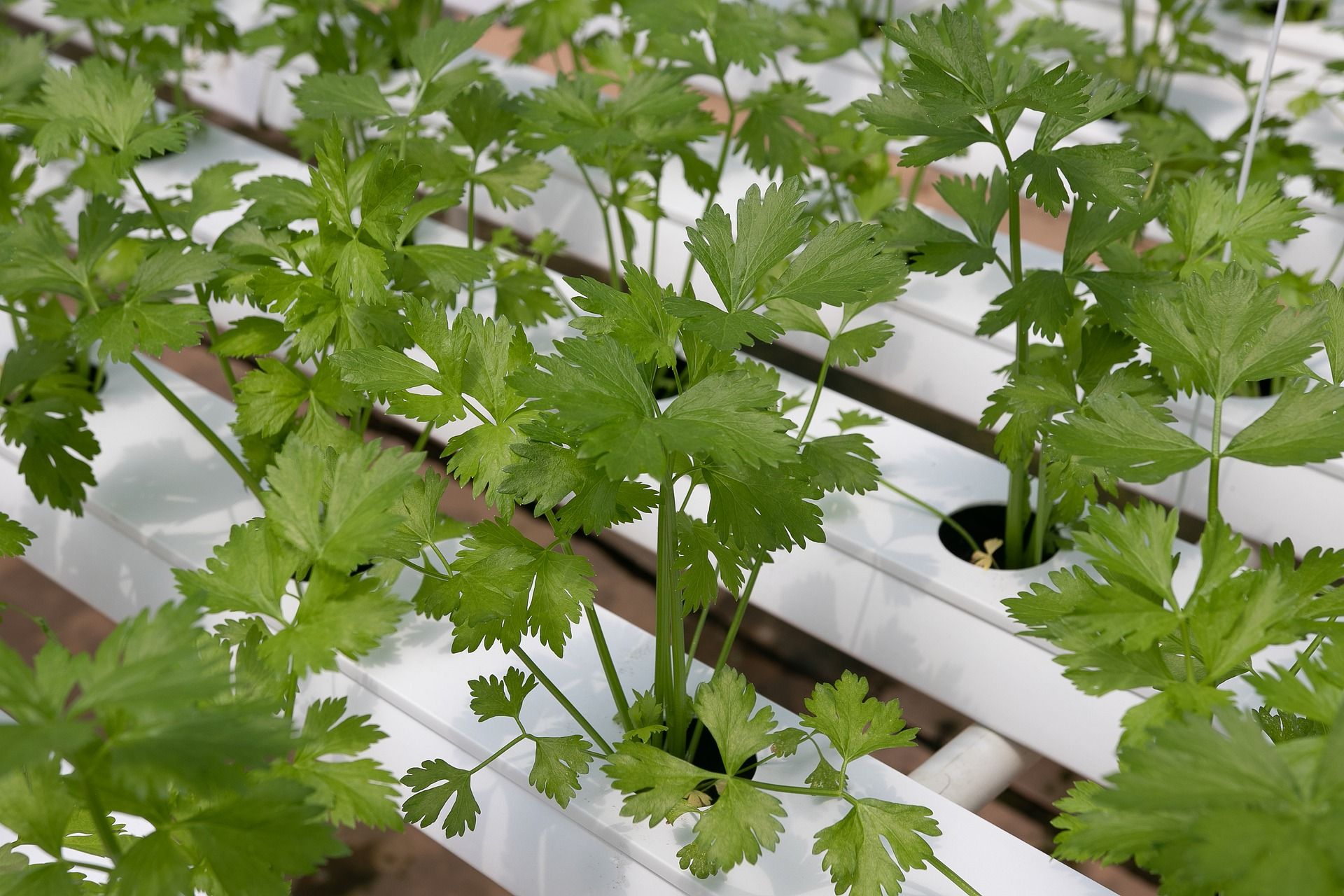There’s nothing like fresh herbs to make your recipes pop, and even if you don’t cook, herbs are a fragrant addition to your garden. Cilantro (also known as coriander or Chinese parsley) is hardy, easy to grow, and may promote healthy skin and reduce inflammation, among other health benefits, when ingested. It can grow from seeds or even from cuttings you have in your fridge and will prosper both indoors and out.
What You Need to Grow Cilantro
Image Credits: Kai Reschke from Pixabay
Because cilantro is a rapid grower, it doesn’t require much to get going. You could start your cilantro seeds in small containers with a seed starter or you can opt to plant the seeds directly in your garden bed. If you don't have seeds, you can grow cilantro from cuttings: just put cilantro stems in water, and they will eventually grow roots, which can then be planted in soil.
To grow from seeds, you'll need:
- peat pots, or any other natural fiber pot
- seed starter soil
- cilantro seeds, or rooted cuttings
- garden soil
- a large pot or garden bed for transplanting
The major disadvantage of going directly into a garden bed is that you won’t have as many successful seeds, but you should have enough plants growing from a pack of seeds to have a bountiful cilantro harvest.
How To Grow Cilantro
Plant Your Seeds
Image Credits: PDPics from Pixabay
The first thing you need to do is plant your seeds (or rooted stems if you're growing from cuttings). If you’re using a seed pot and starter soil, place soil in each pot. Plant one to two seeds in each pot and cover the seeds with a thin layer of soil. Don’t cover the seeds with too much soil, or they won’t have enough light to germinate. Place the pots in a sunny area.
Water As Needed
Image Credits: Filip Urban on Unsplash
Cilantro seeds take between seven and ten days to germinate, on average. Until they germinate, water them as needed. You don’t need to drown the soil, but it should always remain moist. If the soil dries out too quickly, you can move the plant to an area with a little more shade. Allow the plant to grow at least two inches tall.
Plant the Container
Image Credits: vadim kaipov on Unsplash
Once your cilantro is tall enough, you can move it to its home. Cilantro does well in garden beds with organic or non-organic soil but also thrives in containers. Whichever option you choose, you should be sure that your cilantro’s new home will be in a sunny or lightly shaded area. If the area is too shaded, your seedlings will suffer. Cilantro will grow inside but needs sun.
Plant your cilantro six to eight inches apart in your garden bed. A large pot should only have one or two plants, at most.
When moving your cilantro, you don’t need to take the seedling out of the starter pot. Instead, plant the pot directly in the soil. Attempting to transplant the seedling might kill it.
Water Your Seedlings
Image Credit: Severin Candrian via Unsplash
As soon as you plant your peat pots, give your seedlings some water. Once again, you don’t need to shower them with water. A little water will be enough to give them a chance to thrive.
Continue to water the seedlings as needed. While the seedlings are young, they may need to be watered twice a day. Once they are more established, you can water them once a day or as needed.
Harvest Your Cilantro
Image Credits: Tomasz Olszewski on Unsplash
From the time you plant your peat pots, it takes three to four weeks for your cilantro seedlings to mature enough to harvest. Generally, it takes 45 days from the time you plant seeds to the time you can harvest the herb.
There’s no wrong way to harvest your cilantro, but there are some ways that are better for the plant than others. You can cut whole, large leaves anywhere from the plant. But small leaves should only be cut two inches over the crown.
Pro Tip: These harvest times are only a guideline. In warm weather, cilantro grows quickly. But the growth could be slower in cooler climates and in shady areas.
Maintain Your Plants
Image Credits: Hans Braxmeier from Pixabay
Although cilantro is easy to grow, it does require some maintenance. For best results, you should occasionally fertilize your plants with a water-soluble fertilizer. Just be sure not to fertilize anything until the seedlings are at least two inches tall.
If you want your cilantro to fill out, you need to frequently pinch back the leaves. Doing so will encourage new growth and make the plant lusher. You should also cut off stems that have flower buds or seedpods. Instead of wasting energy on growing flowers, the plant will spend that energy on growing herbs.
Let Your Cilantro Spread
Image Credits: 家志 刘 from Pixabay
If you use cilantro frequently, you may want to let your plants spread. The herb may die after seeding, so it’s always good to have a few extra plants on hand. Let one or two of your cilantro plants seed. Then, those seeds will self-sow. In only a short time, new seedlings will grow near the older plants.
Conclusion
You don’t need a green thumb to grow cilantro. Anyone is capable of growing the plant from seed (or cuttings) to the herb. All it takes is a little preparation and some attention.
Use cilantro for seasoning your food or as an herbal remedy for a long list of ailments. As it self-seeds and spreads, once your garden is established, you’ll have fresh cilantro whenever you need it, and you will never again need to find herb substitutes for your favorite recipes.
Did you enjoy this tutorial? If so, share this article with your friends and family. Be sure to let us know what you think in the comments below.

